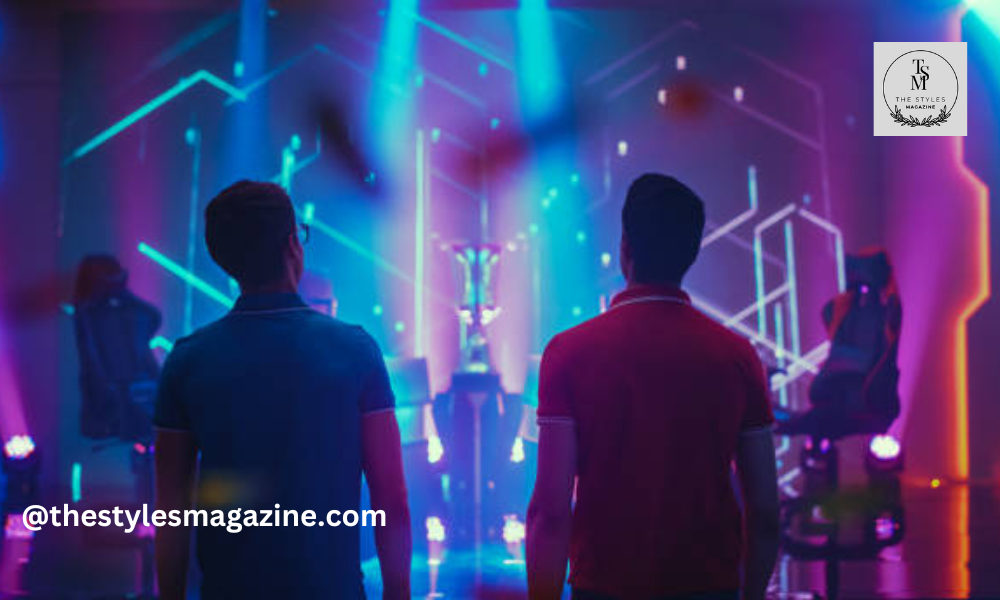From concert halls to cozy living rooms, the expectation for high-quality sound and visual experiences has evolved dramatically. Today, people want to feel every beat, every whisper, and every cinematic scene with clarity and depth, regardless of where they are. This convergence of expectations between public and private spaces is pushing the boundaries of how sound and visuals are delivered. As a result, the design and implementation of sophisticated systems are no longer exclusive to large venues. Even homeowners are investing in immersive environments that rival professional setups. At the heart of this movement is the rise in demand for expertly designed professional audio setups.
The Sound Of Experience: What Audiences Expect Today
In both public and private spaces, audiences are no longer satisfied with “just enough” sound. Whether it’s a live performance or a Netflix marathon, the expectation is to be transported, completely immersed in the moment. That sense of immersion doesn’t come from volume alone; it’s born from precision.
In large venues, the challenge lies in delivering crystal-clear audio across vast spaces without distortion or drop-off. Sound must travel smoothly, balancing clarity and impact. Meanwhile, at home, the challenge is different but no less complex: crafting intimate environments that don’t just mimic a cinema—they refine it. Both scenarios demand a nuanced understanding of how sound behaves in different environments and how technology can be fine-tuned to match. These shared expectations have led to a remarkable crossover of techniques and tools used in both spaces, encouraging innovations that benefit everyone.
From Stadiums To Sofas: Technology Tailored For The Setting
While the scale may vary dramatically, the intent is the same—total immersion. The technology powering a music festival and a home theater may differ in magnitude, but both rely on smart integration, careful design, and top-tier components.
In residential settings, designers focus on how sound bounces off walls, the ideal projector throw distance, or how to hide cabling while still maintaining performance integrity. In public venues, the concerns shift toward sound coverage, zoning, and acoustical compensation for high ceilings and irregular shapes. Still, the common thread remains: tailored solutions over generic equipment.
What sets apart an exceptional home media room is the same principle that guides the design of a powerful concert venue—a user-first approach. It’s about crafting an experience, not just installing equipment. Leading the way in residential innovation is the liaisontechgroup.com/ website, where immersive design meets the comforts of home living. Their work demonstrates how the boundaries between commercial-grade and consumer-level experiences are rapidly dissolving.
Designing For Engagement, Not Just Output
Creating an immersive environment starts long before any speaker is mounted or a screen is placed. It begins with a deep understanding of how people will use the space, what types of media will be consumed, and what emotional response the design should evoke.
In professional environments like performance halls, the design must account for the varying heights of audience members, crowd dynamics, and background noise. Every seat should deliver a consistent auditory experience. The visuals—lighting rigs, LED displays, or projection systems—need to coordinate seamlessly with the audio. Lag, echo, and off-axis sound distortions are non-negotiable issues that must be solved before a single performance hits the stage.
In contrast, a home theater must contend with distractions like ambient light, street noise, or even poor furniture placement. But the goal is similar—to create a transportive experience where the user forgets they’re in their own home. The use of acoustic panels, blackout curtains, and calibrated speaker placement all work toward delivering that seamless immersion.
The Art Of Calibration And Tuning
Even with the best hardware, performance hinges on calibration. For both residential and public installations, fine-tuning the system is where the magic happens.
A perfectly positioned speaker can still sound muddy if not tuned to the room’s acoustics. This is where audio engineers come in—balancing bass response, dialog clarity, and ambient effects so that the listener feels enveloped, not overwhelmed. In visual terms, calibration ensures colors are accurate, blacks are deep, and motion is fluid.
It’s this phase that often separates amateur DIY installations from professional results. In many ways, calibration is the unsung hero of immersive design—a process that transforms good gear into an unforgettable experience.
Longevity Through Future-Proofing
One final consideration often overlooked is longevity. Technology evolves quickly. Systems designed with no thought toward expansion or upgrade paths are destined to become obsolete. On both fronts—commercial and residential—future-proofing is a necessary element of any modern AV setup.
For venues, this might mean modular racks, scalable audio zones, or compatibility with evolving digital standards. In home settings, it could mean pre-wiring for 8K or integrating with smart home systems to allow voice control or automation.
By designing systems that grow with technology rather than fight it, AV professionals offer their clients peace of mind, knowing their investment won’t be outdated in two years.
A Unified Vision For Immersive Environments
As the lines blur between what we expect from public venues and what we want in our homes, the demand for immersive audio-visual experiences is set to grow even more. The same principles that drive the design of sprawling concert sound systems are now being applied to living rooms. And why not? People crave quality, whether they’re part of a cheering crowd or nestled into a recliner.
With the help of expert designers and engineers, immersive AV is no longer the domain of the elite. It’s an achievable goal, built on the foundation of thoughtful planning, high-end equipment, and skilled calibration. Whether you’re managing a theater or building the ultimate home media room, it all comes down to the same mission: to make every moment sound—and feel—extraordinary.
Thank you for exploring our Blog! For additional captivating content, feel free to explore the corresponding category.
Ultimate Guide To New Entertainment Trends Lumolog: Discover The Future Of Interactive Experiences

